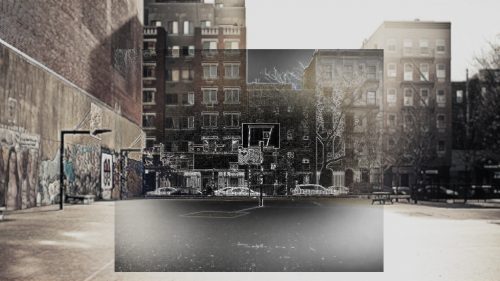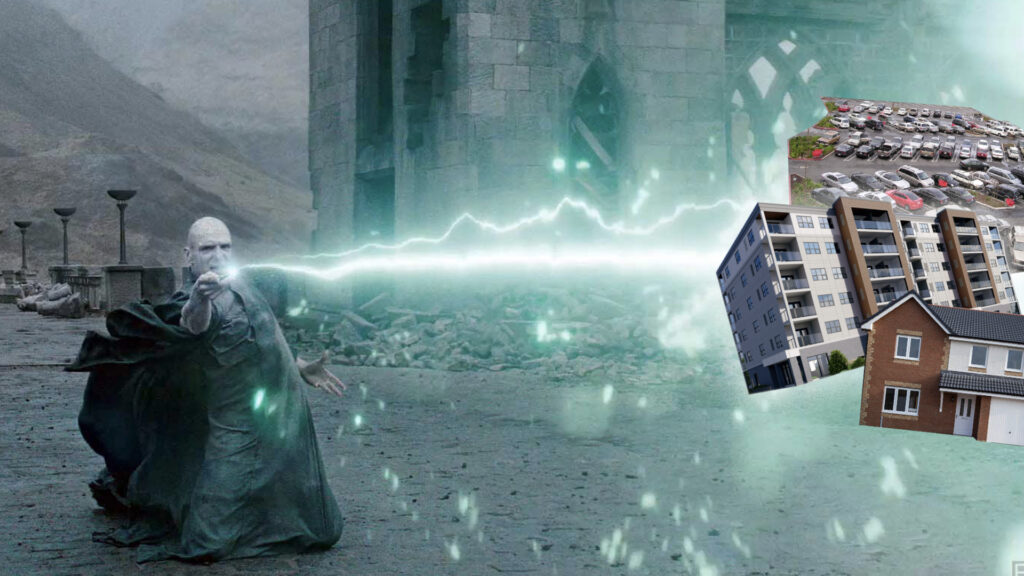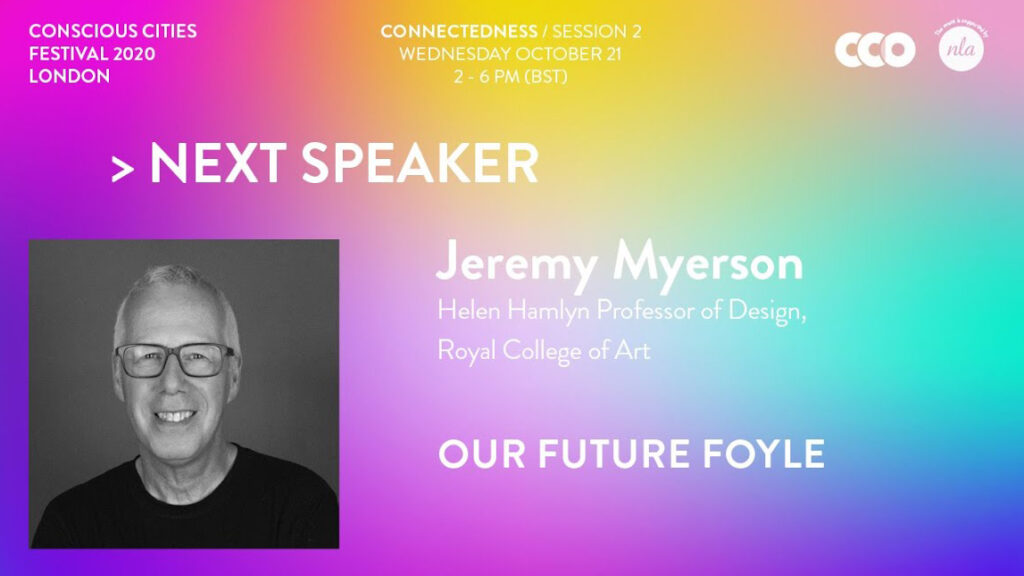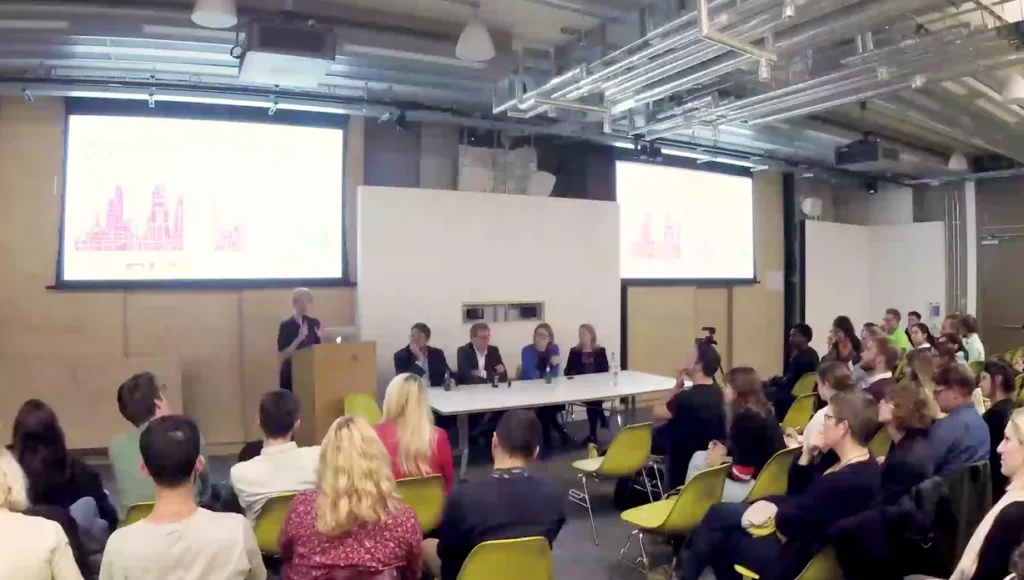Introduction
Architecture has a responsibility to consider occupants of space and their well being, this inquiry seeks to adduce the concept that attention autonomy with visual scenic awareness, accommodated in design offers a degree of spatial recovery from an attention demanding lifestyle. This state serves to increase attentive capacity by allowing visual and conscious repose, formulation of gist and consequently generate a sense of well-being by release from goal driven, time bound tasks that permeate our capitalist consumer culture.
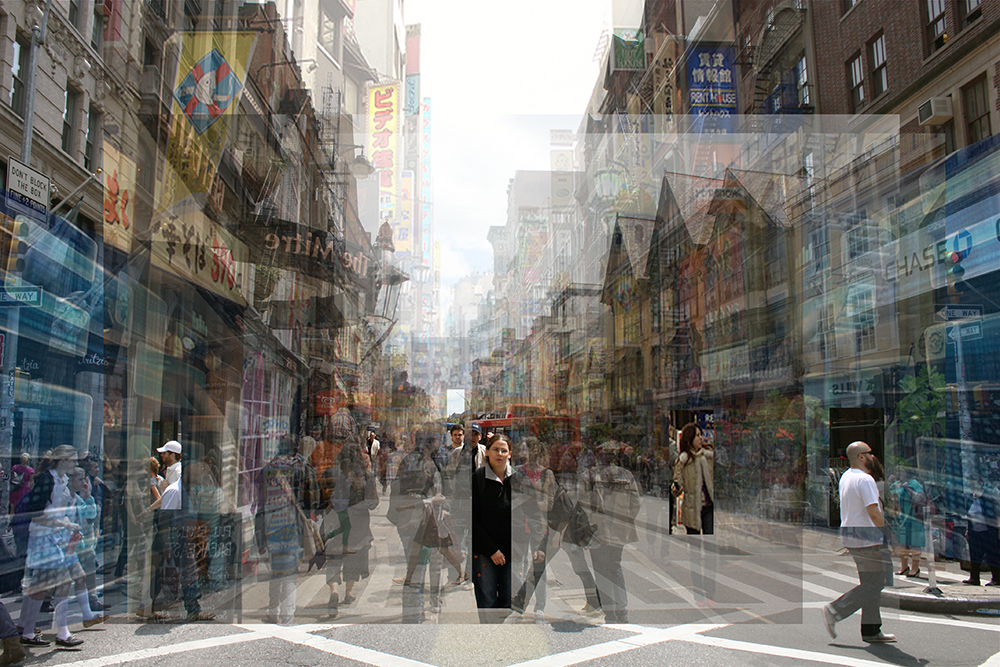
Our explicit relationship with space predisposes us to interact with external constructs, on any cognisant scale, in a way in which the space dictates, directs, suggests or allows. We appoint time as a fabricated surrogate for space between surfaces. Such is the moment of sensory assessment as we depart from one focal point to arrive at the next, oblivious to the space between5,17. How can we disengage temporal construct that binds our visual world such that the mind experiences ‘spatial’ presence and thus, a place for repose?
Discussion
Visual potency has a profound effect on spatial awareness. In the midst of visual consuming culture with corporate led agendas, scene gist has succumbed to a skewed social / consumer amalgamation of context11,22. It is paramount that architecture calls upon credible resources that can facilitate and enhance the character of the profession towards designing for proven human betterment.
Throughout this abridgment, empirical neuroscience references are used to support what could otherwise be considered intuitive aesthetic design. In the past 5 years advances in technology and knowledge in neuroscience and psychology has significantly contributed to empirical data supporting previous hypotheses9.
Building evaluation is dominated by inductive evidence supporting structural integrity and costing of materials through a legislative platform. Similar credence is not yet given to the aesthetic aspect of design and its’ psychosocial impact. With the support of aligned research the accumulation of data can contribute towards a legislative policy supporting a platform of knowledge, which can better inform design12,18.
Empirical research has established links between our visual system and our experiential perception of environment components by analysing how architecture accesses the mind, through biased visual modalities. Quantitative data accrued from connection between designed spatial constructs and visually evinced experiences are extending the frontier of credible support documentation for use within a design framework.
The power of Vision – a functional inquiry
Sight is a dominant sense and a preceding influence in a long chain of events from physical environment to perception. To consider our spatial geography, we need to understand the mechanism behind sight that provide us with visual information, upon which to process, ponder and perceive.
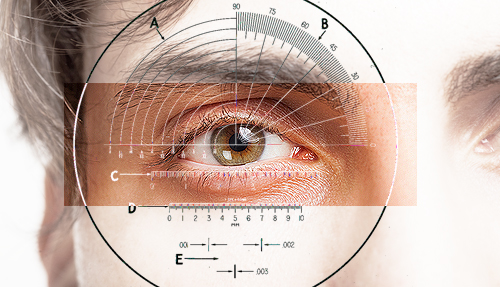
(Jules Laforgue essays on impressionism, 1860- 1887)
A body of recent research has inquired into the dichotomy between central and peripheral vision3,8,15,17. In particular, experience of architecture has been presented as a reinforcement of the interpretive distinction between these visual pathways20. Central vision carries an attention bias and focuses on ‘what’ is in the view whilst peripheral relays subconscious, less resolution awareness of ‘where’ the viewer is referenced.
So powerful is the influence of vision that it is used to access the conscious mind through advertising imagery. Corporate brand promoting strategies use persuasive images to “elude empirical verification” and product placement becomes commonplace in visual media16,22.
Our capacity to focus is ‘vacancy’ for the disarray of banners; repose amongst such
viewing field is limited. Through design the visual processing system is being skewed
away from scene gist and towards a focal gravitation. The ‘clarity’ of clutter is redirected by marketing agendas, as we subscribe to the branding and intellectually polished facades.
The new context is one of global transient identity balanced by avatars as we position
ourselves within the world of change1.
Space and Pace – ‘The concept’
Scene can be experienced as an undefined spatial awareness precluded by attention. If attentive inquiry is extrinsically directed as a ‘goal search’, for example if an explanation is sought to quantify the experience of a scene then a ‘conscious temporal’ referencing ensues4,10. Within this modal, one could argue that by attending to vision born awareness such as a scenic gist and thus, make it more of a specific focus, the awareness is replaced by attention. Such is the paradox of this investigation; in order to examine the value of a spatial repose from temporal consciousness, we must call upon that very attention to translate the understanding of the space.
How does temporal consciousness manifest?
Focal distraction effect – Temporal engagement (Visual system derived)
Focal features, detected by contrast and space become recognised objects by empathetic link. That is to say that what catches our visual attention needs to be seen and identified. Upon identification of object within the field of view, subconscious awareness by visual detection becomes conscious attention by visual recognition; this is a typical attentive visual experience.
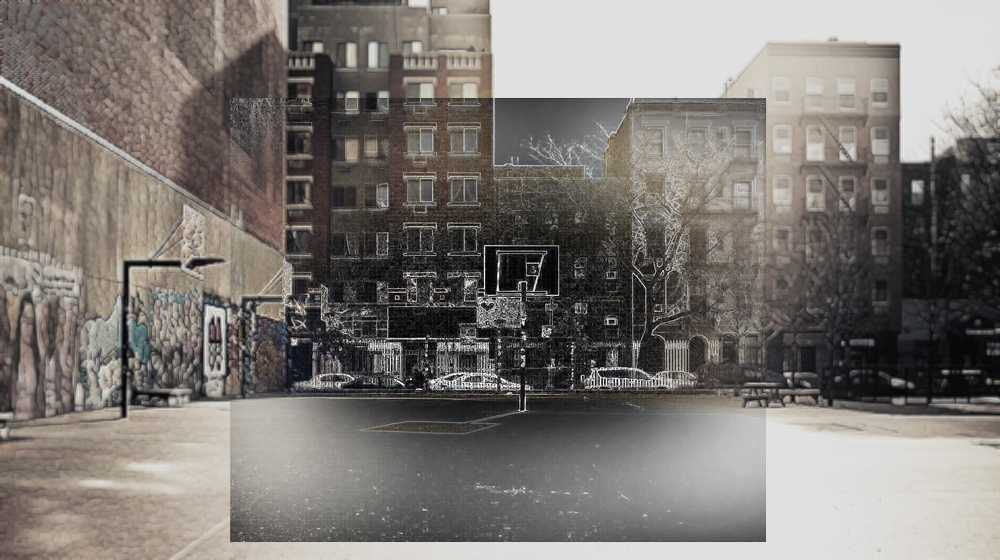
If focally recognised objects compete for attention, by number and meaningful connection they can saturate the field of view and thus create focal distractions. This situation is more prevalent in a visual consumption culture. As attention is spread by focal fixation, it becomes diluted and the capacity to attend to any one fixation is diminished. In addition the focal fixations are referenced by a fleeting sequence of focal arrival and departure between objects (attention start/end points).
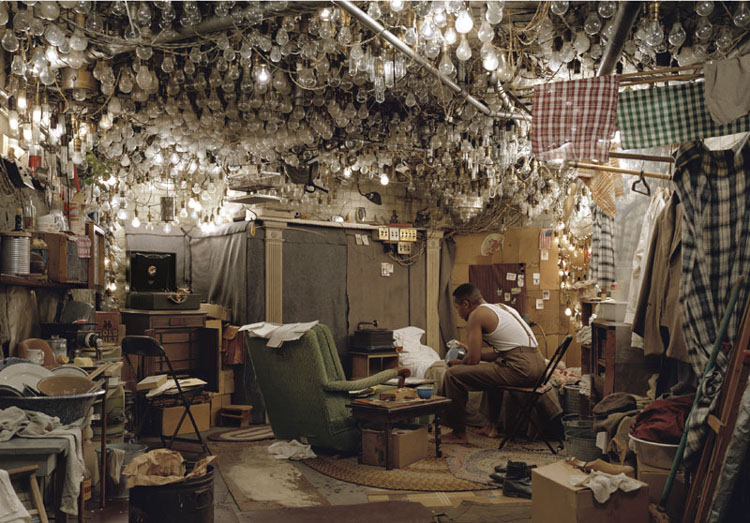
The start/end points open a temporal ‘attention gate’ and the experience of the process becomes one of time linked memory5,6. The degree of attention gating determines the temporal/ spatial experience of the vista presented6,19. Although this concept is applied in a visual context, it can be paralleled in a performance-based environment where goal driven tasks become the attended focal points.
It follows that regardless of the source of attention, the frequency of attention accumulates temporal referencing proportionally. Furthermore this instigates a stress response when there is insufficient ‘non attentive’ presence2. In a designed scene this would refer to the spatial quality being absent and aesthetics given low priority and instead specific object attendance dictating a temporal vista composition.
Architecturally physical space may be one aspect of visual passage between focal points however, perceived space between these points is a ‘non-attentive’ presence therefore, it can also exist in form as a ‘crowding effect’ within a vista.
In order to fully appreciate visual entry into the conscious mind we must first understand the potency of visual attention and the way it is attracted through feature detection, object recognition and empathetic meaningful engagement. Advertising uses the visual gravity of empathy to access the conscious mind of consumers. The consumer environment that is immersed in visual communication has been referred to as an “attention economy” owing to the focal power of brand, corporate and advertising imagery22.
The transition from immersion within a social scene relying on immediate visual extrapolation and viewing images where prolonged scrutiny of the eye can render a captured scene more thoroughly, gives rise to visual consumption.
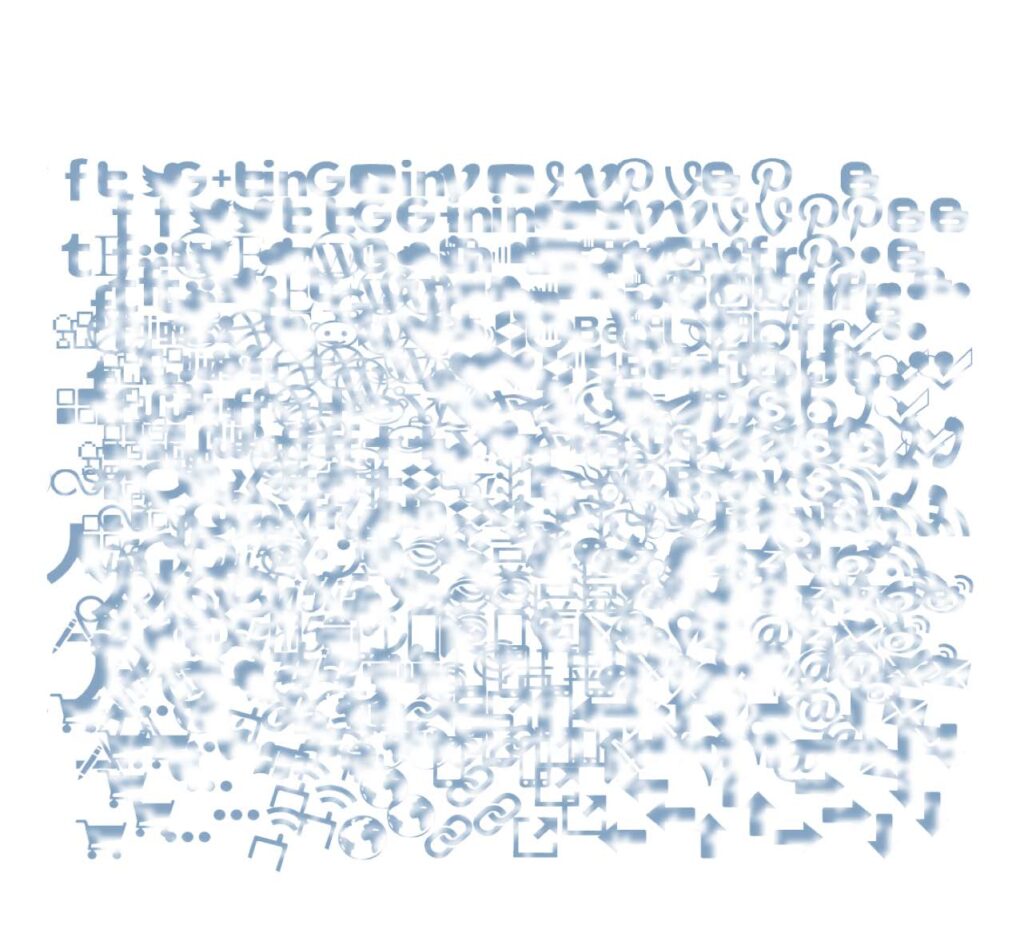
Design accommodates a fine balance between form and space by integrating components of object presentation such as empathetic meaning, space in which to access objects and feature-crowding; neither space nor object but a device of cluttered presence evoking calm or chaos23. Similar to space, textural crowding can offer repose for attention recruitment on introduction of focal stimulus5 however, unlike space, the crowding exists as a direct measurable presence within the vista23.
Space itself draws no attention but instead provides repose from which to attend and it is with spatial allowance that focus can be concentrated5,10. The space between two points of attention is a timeless void4.
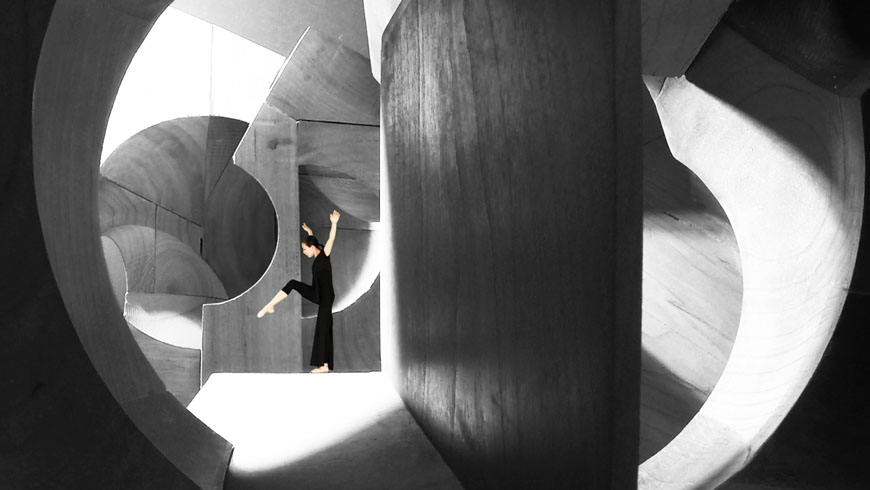
We can speculate on 2 directions in architecture. By adjusting form-based focal distraction (contrasting edges and meaningful connection), space and crowding (visual system derived phenomenon) architecture has a capacity to:
Alleviate by allowing spatial repose through design; architecture accommodates a therapeutic respite and delivers spatial context to allow for optimal depth of focus potential (depth and context). Whilst reducing a hyper-attention vista with hypo- cognitive depth of inquiry (surface and coverage).
Or:
Facilitate by fine-tuning the execution of the intent; architecture becomes a regulatory focal delivery portal. From a design perspective, focal points could be integrated to provide ‘mystery and surprise’14 and thus inviting inquisitive attendance21 immersed in ‘non-temporal’ process giving rise to a sense of well being2,13.
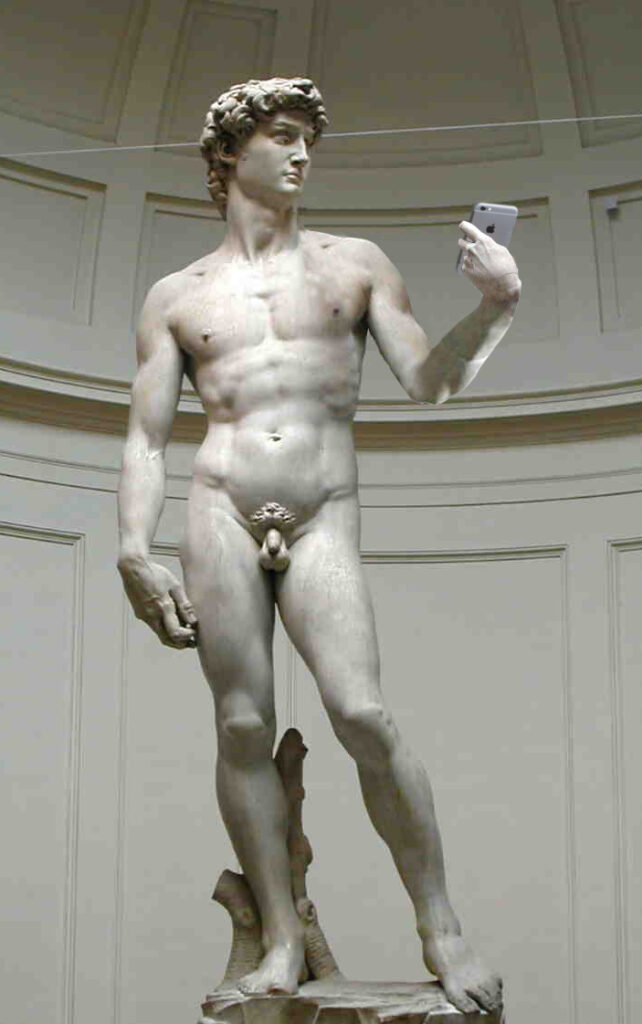
The span of 50 generations is not enough for our visual processing apparatus to evolve at the same rate as our environment. We maintain visual parameters and biases and continue to perceive through similar mechanisms as our ancestors. Neuroscience has revealed an in-depth understanding of how our physiological and psychophysical characteristics impel our perception of the world. Architecturally, emphases have changed dramatically but innate visual mechanisms that can inform design surpass epoch. Knowledge of experiential consequences of design needs to precede design. Architecture that is closely allied with the workings of the human visual mechanism will survive the changes in cultural context.
References
1 Alden, D. L., R. Batra, D. L. Alden and R. Batra (1999). “Brand Positioning Through Advertising in Asia, North America, and Europe: The Role of Global Consumer Culture.” Journal of Marketing 63(1): 75-87.
2 Bar-Haim, Y., A. Kerem, D. Lamy, D. Zakay, Y. Bar-Haim, A. Kerem, D. Lamy and D. Zakay (2010). “When time slows down: The influence of threat on time perception in anxiety.” Cognition & Emotion 24(2): 255-263.
3 Boucart, M., Q. Lenoble, J. Quettelart, S. Szaffarczyk, P. Despretz, S. J. Thorpe, M. Boucart, Q. Lenoble, J. Quettelart, S. Szaffarczyk, P. Despretz and S. J. Thorpe (2016). “Finding faces, animals, and vehicles in far peripheral vision.” Journal of vision 16(2): 10.
4 Broadway, J. M., C. M. Zedelius, J. W. Schooler, S. Grondin, J. M. Broadway, C. M. Zedelius, J. W. Schooler and S. Grondin (2015). “Editorial: The long and short of mental time travel-self-projection over time-scales large and small.” Frontiers in psychology 6: 668.
5 Brogaard, B., D. Gatzia, B. Brogaard and D. Gatzia (2015). “Time and Time Perception.” Topoi 34(1): 257-263.
6 Brown, S. W. (2008). “Time and attention: Review of the literature.” Psychology of time: 111-138.
7 Brown, S. W., S. T. Perreault, S. W. Brown and S. T. Perreault (2017). “Relation between temporal perception and inhibitory control in the Go/No-Go task.” Acta Psychologica 173: 87-93.
8 Cajar, A., P. Schneeweiß, R. Engbert and J. Laubrock (2016). “Coupling of attention and saccades when viewing scenes with central and peripheral degradation.” Journal of Vision 16(2): 8-8.
9 Chen, Z., Y. He and Y. Yu (2015). “Natural environment promotes deeper brain functional connectivity than built environment.” Bmc Neuroscience 16(1): 294.
10 Christopher, L. A., J. J. Todd, P. S. Andy, M. René, L. A. Christopher, J. J. Todd, P. S. Andy and M. René (2010). “A central role for the lateral prefrontal cortex in goal-directed and stimulus-driven attention.” Nature Neuroscience 13(4): 507.
11 de Burgh-Woodman, H., J. Brace-Govan, H. de Burgh-Woodman and J. Brace-Govan (2010). “Vista, vision and visual consumption from the Age of Enlightenment.” Marketing Theory 10(2): 173.
12 De Vries, S., R. A. Verheij, P. P. Groenewegen and P. Spreeuwenberg (2003). “Natural environments—healthy environments? An exploratory analysis of the relationship between greenspace and health.” Environment and planning A 35(10): 1717-1731.
13 Gable, P. A., B. D. Poole, P. A. Gable and B. D. Poole (2012). “Time Flies When You’re Having Approach-Motivated Fun.” Psychological Science 23(8): 879-886.
14 Habtour, R. (2016). Designing Happiness: Architecture and urban design for joy and well-being.
15 Huestegge, L., A. Böckler, L. Huestegge and A. Böckler (2016). “Out of the corner of the driver’s eye: Peripheral processing of hazards in static traffic scenes.” Journal of vision 16(2): 11.
16 Krauss, R. E. and R. E. Krauss (1993). The optical unconscious. Cambridge, Mass., MIT Press.
17 Loschky, L. C., A. Nuthmann, F. C. Fortenbaugh and D. M. Levi (2017). “Scene perception from central to peripheral visionLoschky, Nuthmann, Fortenbaugh, & Levi.” Journal of Vision 17(1): 6-6.
18 Nieuwenhuijsen, M. J., I. B. Ant, Josep Maria, A. F. Basaga, Xavier, M. Cirach, P. Dadvand, L. Donaire Gonz, David, A. A. Garc, Judith, L. C. J, Jordi, M. Triguero and R. Grazuleviciene (2014). “Positive health effects of the natural outdoor environment in typical populations in different regions in Europe (PHENOTYPE): a study programme protocol.” 4(4).
19 Repp, B. and B. Repp (2011). “”Psychology of Time”.” Psychomusicology 21(1/2): 244- 248.
20 Rooney, K. K., R. J. Condia and L. C. Loschky (2017). “Focal and Ambient Processing of Built Environments: Intellectual and atmospheric experiences of architecture.” Frontiers in Psychology 8: 326.
21 Ryan, R. M. and E. L. Deci (2000). “Self-determination theory and the facilitation of intrinsic motivation, social development, and well-being.” American psychologist 55(1): 68.
22 Schroeder, J. E. (2004). “Visual consumption in an image economy.”
23 Wu, D. W.-L., N. C. Anderson, W. F. Bischof and A. Kingstone (2014). “Temporal dynamics of eye movements are related to differences in scene complexity and clutter.” Journal of vision 14(9): 8-8.

